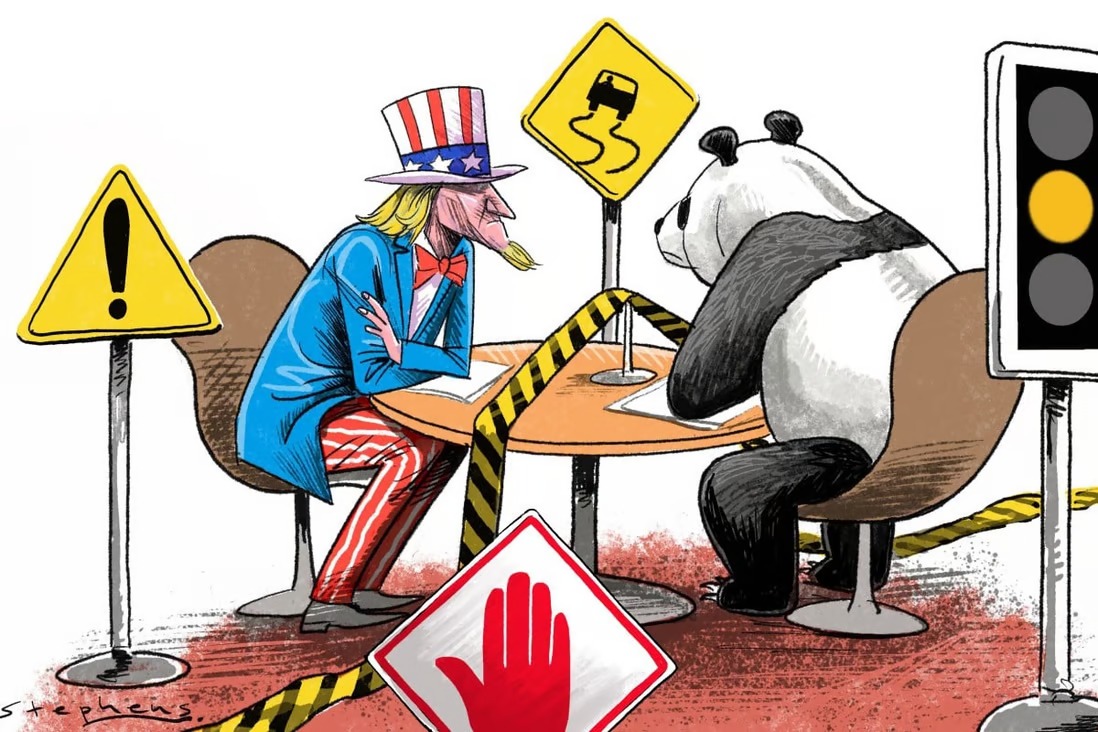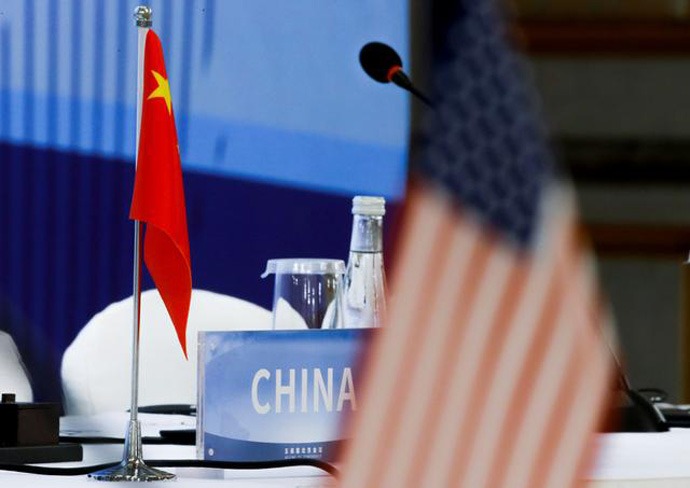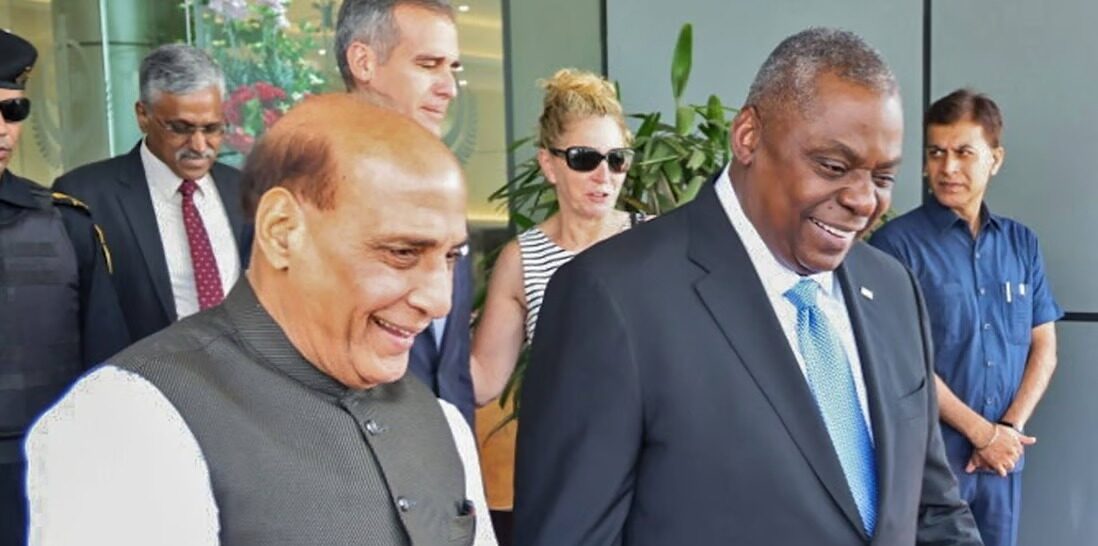US-China relations: despite discord in Singapore, high-level talks in Beijing offer hope
SOUTH CHINA MORNING POST
APLN member C. Uday Bhaskar argues that US-China tensions were on display at the Shangri-La Dialogue as their respective defence ministers largely kept away from each other, but there were welcome signs of progress at a high-level meeting in Beijing. Read the original article here.
The United States and China engaged in a robust verbal duel at the annual Shangri-La Dialogue held in Singapore this month under the aegis of the International Institute of Strategic Studies. As in recent years, the defence ministers of the two nations held each other culpable for endangering regional peace and stability.
This year, sharp words were again exchanged and stern proclamations issued. It seemed that the warning lights were flashing given the provocative military manoeuvres which brought US and Chinese naval ships and military aircraft dangerously close to collisions in and above the South China Sea in the run-up to the event.
However, even as the curtain came down on the Singapore deliberations, the US and China were engaged in high-level bilateral talks in Beijing on Monday. A day later, both sides issued brief statements where the choice of key words and phrases was similar. In diplomatic-speak, where two adversaries are the interlocutors, such semantic overlap is deemed reasonably positive. This is to be welcomed against the rancour that was visible in Singapore.
The meeting in Beijing was held between US Assistant Secretary of State for East Asian and Pacific Affairs Daniel Kritenbrink and Vice-Foreign Minister Ma Zhaoxu. After the talks, the US statement said there were “candid and productive discussions as part of ongoing efforts to maintain open lines of communication and build on recent high-level diplomacy between the two countries”.
The speeches of the two defence ministers at the Shangri-La Dialogue provide some insights into how the US and China are trying to project and protect their respective positions on the core issues being contested – namely, Taiwan and freedom of navigation in the South China Sea.
Austin’s message in his address was consistent with his remarks during last year’s Shangri-La Dialogue. While underlining the US commitment to international law and freedom of navigation, as spelled out in the UN Conference on the Law of the Sea, he reiterated Washington’s adherence to its Taiwan policy as “preserving the status quo in the strait, consistent with our long-standing one-China policy, and with fulfilling our well-established obligations under the Taiwan Relations Act”.
On the competing South China Sea claims, Austin said the US would “continue to work with our allies and partners to uphold the freedom of navigation and overflight. And let me again underscore the importance of the 2016 ruling by the Arbitral Tribunal. It is legally binding, and it is final.”
Li went on to reiterate China’s commitment to Taiwan reunification. He said: “We will strive for the prospects of peaceful reunification with utmost sincerity and greatest efforts, but we make no promise to renounce the use of force. If anyone dares to separate Taiwan from China, the Chinese military will not hesitate for a second. We will fear no opponents and resolutely safeguard national sovereignty and territorial integrity, regardless of any cost.”
In relation to regional territorial disputes involving Southeast Asian states, Li said: “We are committed to promoting cooperative, collective and common security in our region on the basis of mutual respect.” Beijing’s preferred template remains a code of conduct on the South China Sea, but a consensus with the affected nations remains elusive.
Indeed, the view from regional interlocutors remains quite different. In the question and answer session that followed Li’s address, Commodore Jay Tristan Tarriela, the deputy chief of the Philippines’ coastguard, asked a pertinent question.
“Your coastguard directed a military-grade laser into a Philippines Coast Guard vessel inside the Philippines’ exclusive economic zone. So while China is talking about dialogue, China’s actions show confrontation. Thus, my question is, why is there a big difference between China’s words and its actions?”
The question remained unanswered. Clearly, Beijing will have to walk the talk to establish its sincerity about adhering to its stated values and prioritising dialogue over confrontation.
Illustration: Craig Stephens




